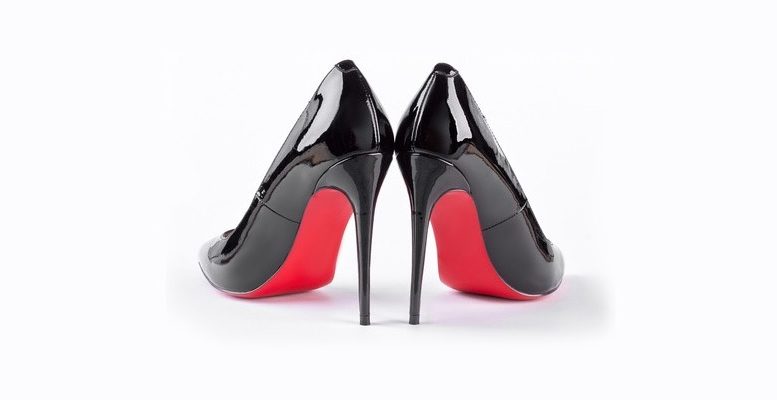[記事掲載日:2022年4月12日]
ヨーロッパを代表するファッション法律メディア『The Fashion Law』が、マークス英語ブログ「JAPAN TRADEMARK REVIEW」で紹介した「ルブタン赤色ソール形状・不競法判決」に関する記事を取り上げ、マークス代表・三上弁理士の解説が掲載されました。記事全文は、こちら。
Christian Louboutin has been handed a loss in a legal battle over its red sole trademark in Japan. After filing suit against Eizo Collection Co., Ltd., alleging that the Japanese footwear company was infringing its red sole trademark and thus, running afoul of unfair competition law by selling red-soled shoes of its own – albeit, without the affiliation of or authorization from the famed French brand, the Tokyo District Court sided with Eizo on the basis that Louboutin lacks robust rights in the red sole trademark in Japan, and beyond that, consumers are unlikely to confuse the two companies’ offerings.
In a decision dated March 11, the Tokyo District Court dismissed Christian Louboutin’s unfair competition case, determining that the celebrity-favored footwear brand fell short in showing that its red sole trademark maintains the necessary level of secondary meaning to act as a trademark. In order to make its case for acquired distinctiveness, counsel for Louboutin pointed to the consistent use of the red sole by the brand in Japan for more than 20 years. At the same time, the brand revealed that it has generated revenues of JPY3.3 billion ($26.33 million) for women’s heels since 2016, alone, and has spent JPY15 million ($120,000) per year to advertise its offerings, namely, red-soled heels, in the Japanese market.
Still, yet, Louboutin cited a consumer survey conducted in October 2020, which found that 65 percent of 3,149 interviewees, namely, women between 20 and 50 years old, named Louboutin as the source of a depiction of a high heel shoe with a red sole. (The court ultimately took issue with this survey given that the pool of surveyed individuals was primarily limited to luxury shoppers, and they were not shown a photo of the Eizo’s footwear, only Louboutin’s.)
Unpersuaded by this evidence, the Tokyo District Court found that the color red “has been commonly used on shoes [in the Japanese market] to enhance the aesthetic appearance and attract consumers,” according to Osaka-based trademark attorney Masaki Mikami, holding that women’s heels with red-colored soles “have been widely distributed even before the launch of Louboutin shoes in Japan.” The court also determined that the two decades of use and the advertisements relied upon by Louboutin “would be insufficient to find [its] red soles have played a role as a source indicator in Japan.” Even if the court were to find that Louboutin has rights in the single-color red sole mark, it still would not prevail in the unfair competition case at hand, as consumers are not likely to confuse its footwear with Eizo’s offerings. A few factors weigh against Louboutin on this front, according to the court. Primarily, there is the level of sophistication of consumers/and the level of attention they are paying to such purchases. Considering that Louboutin’s offerings generally come with price tags of $700 or more, relevant consumers are likely to pay a fair amount of attention in the purchasing process, the court stated.

